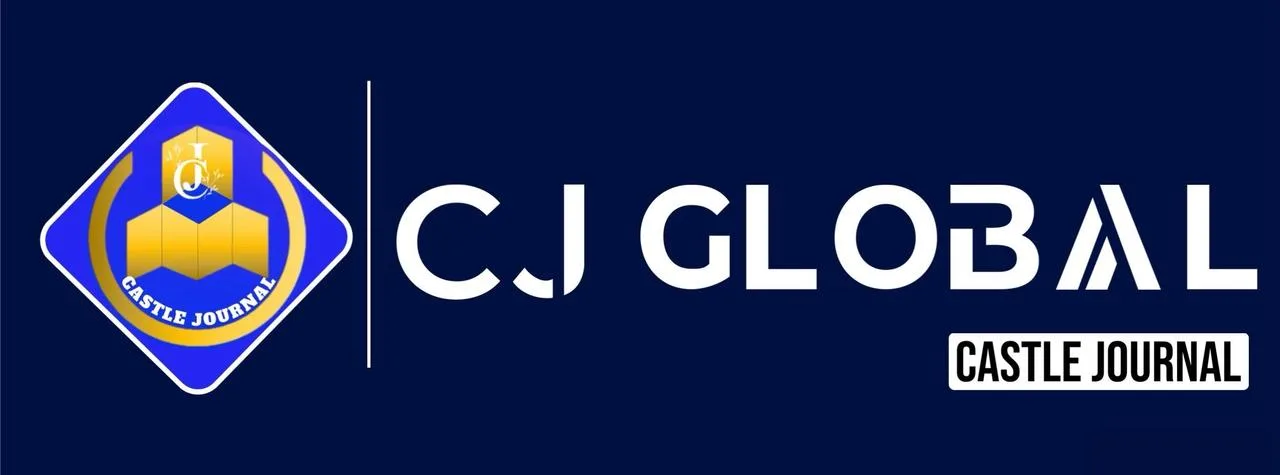Quick humanitarian aid to face the Severe crisis after the earthquake in Afghanistan
A powerful magnitude-6.3 earthquake struck Northern Afghanistan near the cities of Khulm and Mazar-i-Sharif, transforming an already precarious humanitarian situation into a severe crisis.
The seismic event, which hit on November 5th, caused widespread devastation across mountainous, rural regions, leading to multiple casualties and the collapse of mud and stone structures common in the area.
Initial casualty figures are rising rapidly as rescue teams attempt to reach remote villages cut off by landslides.
The timing of the disaster is critical: the affected area is already confronting the onset of a brutal Afghan winter.
The damage to vital infrastructure, including roads, medical clinics, and water networks, severely hampers aid delivery just as temperatures begin to plummet below freezing.
This immediate crisis has triggered major international relief operations, with UN agencies and NGOs mobilizing resources to distribute emergency shelter, food, and medical supplies.
However, the mountainous terrain and the volatile security environment present formidable obstacles to rescue efforts, meaning the full extent of the damage and humanitarian need will only become clear in the coming days.
The catastrophe adds another layer of instability to a country already struggling with deep economic hardship and political isolation.
The convergence of these events suggests the world is entering a period defined not by clear growth but by heightened risk:
a technological bubble simultaneously driving both historic market highs and crushing lows, and a geopolitical map where major peace initiatives are immediately met with significant, organized dissent.
The pressure is now on governments and global institutions to navigate these converging currents of instability.
